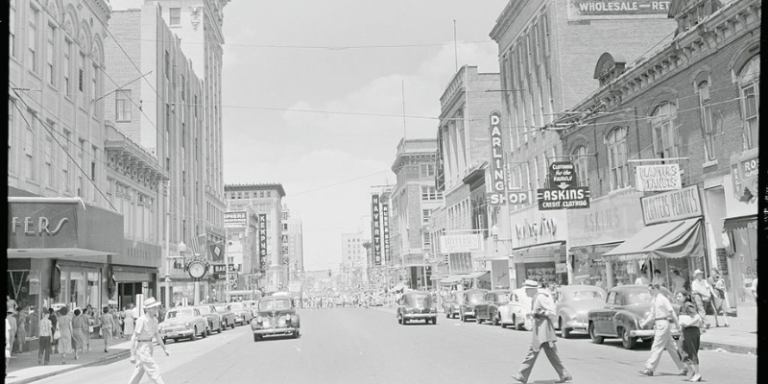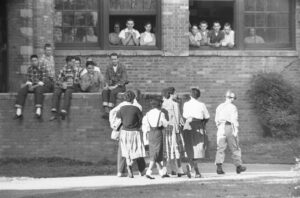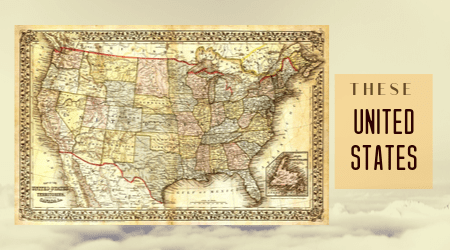Little Rock: Home of the People of the South
The Little Rock area was home to the Quapaw, who were called the Arkansea, or people of the south.
By: Kelli Ballard | October 28, 2019 | 439 Words

(Getty Images)
Before Europeans started exploring the Little Rock area, the land was inhabited by the Quapaw, who were members of the Dhegiha-Siouna-speaking tribes, which also included the Osage. The Quapaw were known by other tribes as the “Arkansea” or “people of the south.”
In 1772, Jean-Baptiste Benard de La Harpe explored the area and wrote in his notes about “rocks sticking out of the ground,” referring to the first rock up the river. However, he did not name this formation and instead looked to another patch up the bend in the river which he called “le Rocher Francais,” or the “bluff of mountainous rock,” now called the Big Rock. The French were responsible for naming the smaller collection of rocks, calling it “le Petit Rocher,” or “the little rock,” and this name first showed on a map in 1799.

(Getty Images)
Little Rock was included in the Louisiana Purchase of 1803 and the first settlement was made in 1812 by a trapper named William Lewis. The Little Rock post office was established in 1820. It became a town in 1831 and a city in 1835. When the Civil War came, Arkansas seceded from the Union on May 6, 1861.
In 1957, the Little Rock School District began an integration plan at Central High School after the Supreme Court ruling in Brown v. Board of Education of Topeka outlawed segregation in public education. Not everyone approved, and Gov. Orval Faubus called on the state’s National Guard to stop the integration. On September 25, weeks after the first troops arrived, President Dwight D. Eisenhower ordered federal troops to escort the students to school and the nine black students attended their first full day of non-segregated school. The students are referred to as Little Rock Nine.
Interesting Facts
- The Little Rock Zoo started by accident. After the 1926 state fair closed, city officials discovered abandoned animals left on the grounds. Pens were built for them and then in the 1930s the rock buildings that are still there today were erected.
 Oct. 1, 1927 was declared Charles Lindberg Day after the pilot landed in the city on a tour. The Little Rock parade was held and attended by 75,000 people. After the parade, Lindberg gave a speech about his advances in aviation.
Oct. 1, 1927 was declared Charles Lindberg Day after the pilot landed in the city on a tour. The Little Rock parade was held and attended by 75,000 people. After the parade, Lindberg gave a speech about his advances in aviation.- The Old Mill in North Little Rock, which can be seen in the opening scene of Gone With The Wind, is thought to be the only structure still standing from the film’s production.
- The State Capitol building was modeled after the US Capitol building and was completed in 1915. Because of its resemblance, the Arkansas capitol has been used in several films as a stand-in for the DC capitol.
















